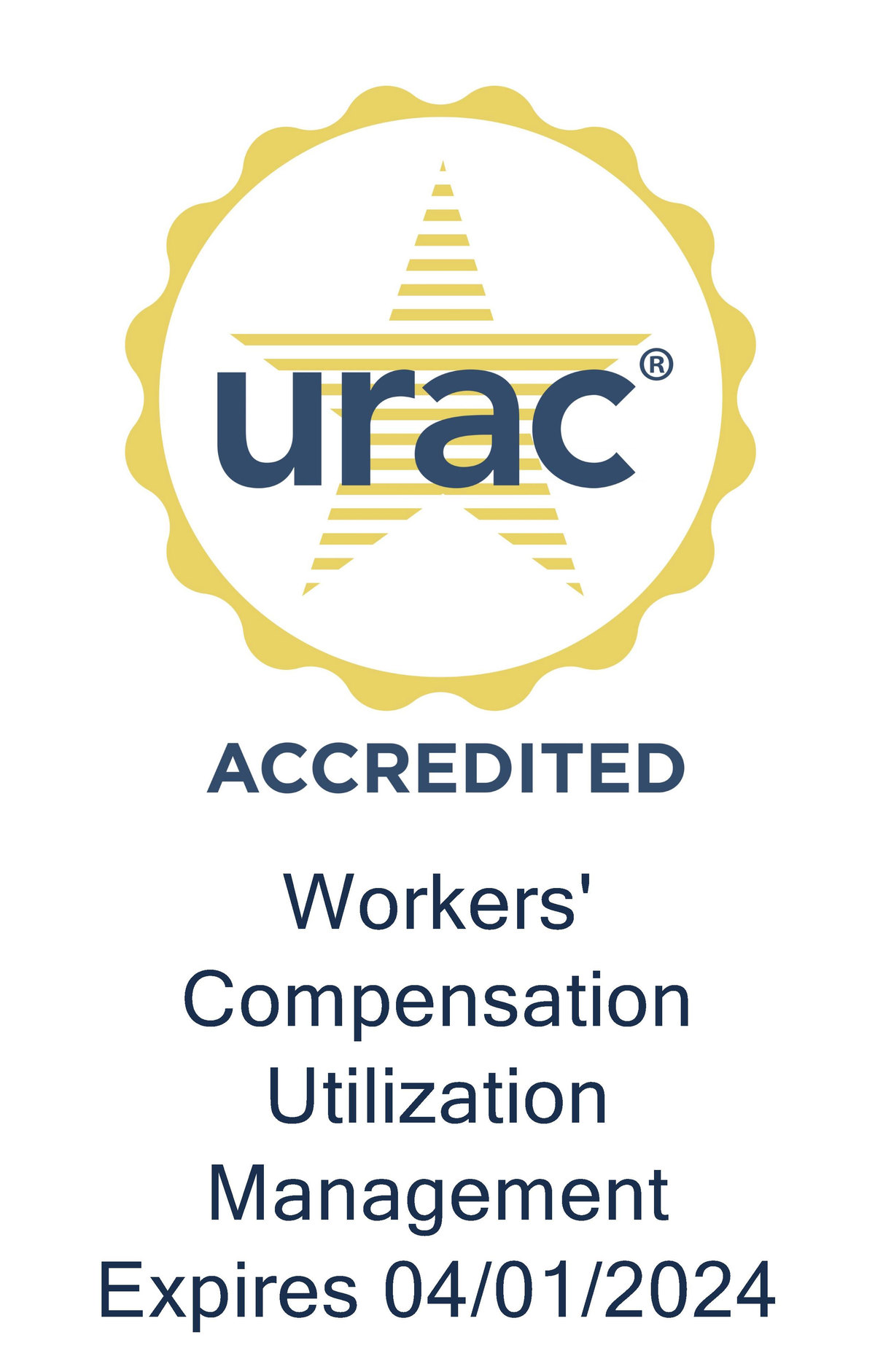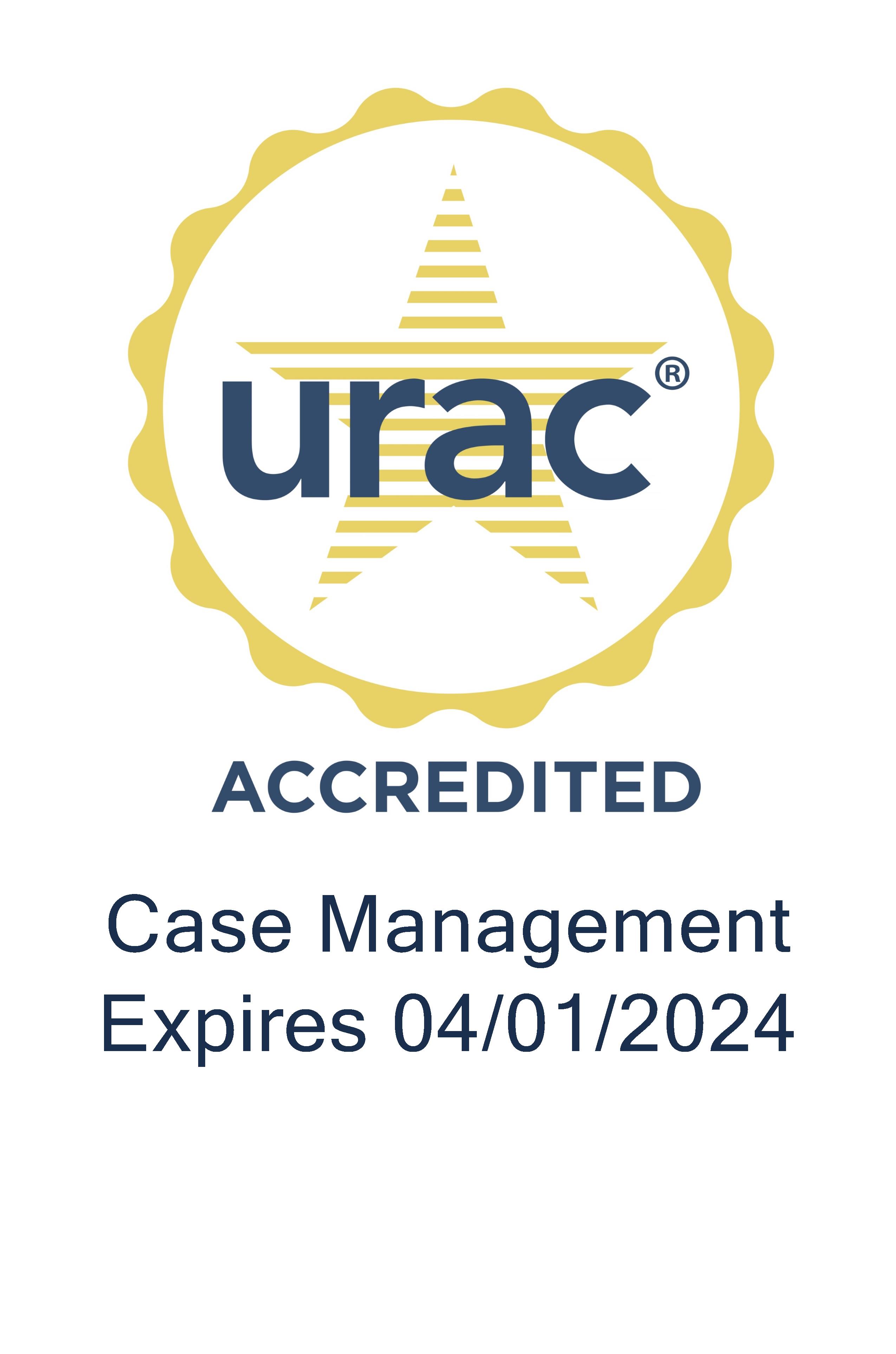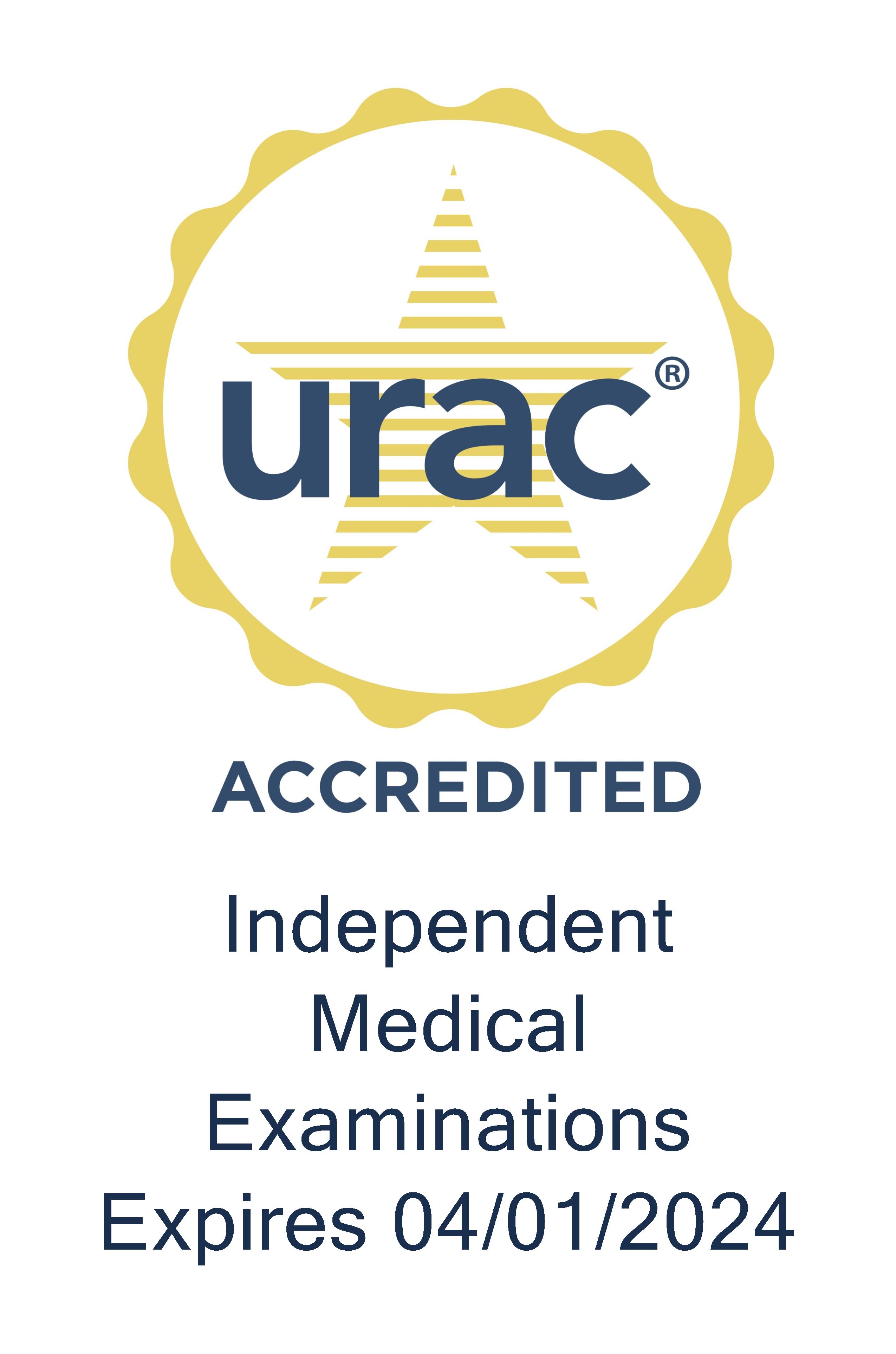National
A new Kaiser Family Foundation study finds that 52 million adults under 65 – or 27 percent of that population — have pre-existing health conditions that would likely make them uninsurable if they applied for individual health coverage that existed in most states before the Affordable Care Act. Uninsurable rates would be higher in other states, particularly in the South, where at least a third of the non-elderly population would have declinable conditions under pre-ACA underwriting practices.
Per a 2016 report from Black Book Market Research, hospitals plan to increasingly outsource billing and collections for complex claims, including workers’ compensation, in 2017. Black Book’s 2016 Revenue Cycle Management Survey showed that outsourcing of complex claims to specialized providers increased from 20.4 percent in all U.S. hospitals in 2013 to 39.8 percent in the third quarter of 2016. Forty-nine percent of hospital CFOs surveyed said that outsourcing, including offshoring, is becoming a more viable alternative for more of their organization's claim processing.
Workplace injuries and accidents that cause employees to miss six or more days of work cost U.S. employers nearly $60 billion in 2014, according to the recently issued 2017 Liberty Mutual Insurance Workplace Safety Index. The following top five leading causes of disabling injury in the workplace accounted for 63.8 percent of the total cost burden.
1) Overexertion involving outside sources ($13.79 billion in direct costs, 23 percent of the overall national burden)
2) Falls on the same level ($10.62 billion,17.7 percent total injury burden)
3) Falls to a lower ($5.50 billion, 9.2 percent of burden)
4) Struck by object or equipment ($4.43 billion, 7.4 percent of burden)
5) Bodily reactions ($3.89 billion, 6.5 percent of burden)
OSHA has released a white paper highlighting the importance of including worker safety and health in the growing movement toward sustainability and corporate responsibility. Authors of “Sustainability in the Workplace: A New Approach for Protecting Worker Safety and Health,” recommend several strategies for companies to improve occupational health and safety. These include:
- Creating new partnerships to support integrated occupational safety and health and sustainability activities
- Enhancing interdisciplinary training and education for employees, the occupational safety and health community, and business professionals
- Acknowledging employers who successfully integrate occupational safety and health into their organizations’ sustainability efforts
- Improving access to safety and health data for sustainability reporting
Statewide
ARKANSAS
WATCHLIST: Recently introduced HB 1179 would greatly increase the benefits paid to fallen police officers' families. Under the bill, if a state police officer dies of natural causes on the job, the survivors could collect $50,000 in benefits — double the previous amount available.
ARIZONA
The Industrial Commission of Arizona recently launched a new process intended to fast track resolution of chronic back pain treatment disputes. The utilization review process allows doctors to request pre-authorization for treatments that follow ODG recommendations for chronic pain. If a carrier refuses to authorize, doctors will be able to request an expedited hearing from which a judge would issue a final decision within five days.
CALIFORNIA
The California Department of Workers’ Compensation recently amended its lien and attorney fee disclosure form to include an eligibility declaration required by Senate Bill 1160. The recently passed legislation requires lien claimants to declare, under penalty of perjury, that they meet criteria specified in the bill when submitting a lien subject to the filing fee on or after Jan. 1. All liens filed after the start of the year must use the division’s new form. The lien form and required declaration are available on the DWC website.
The state Department of Industrial Relations recently filed a report on its anti-fraud efforts in the California workers’ compensation system, and announced it has stayed more than 200,000 liens worth a combined claim value of more than $1 billion. The liens are attributed to 75 medical providers facing criminal fraud charges.
California’s Office of Administrative Law has approved emergency regulations governing the process for suspending providers convicted of fraud and other crimes from the state workers’ compensation system. Under the emergency rules, the division must send a notice that it intends to suspend a provider and allow 10 days for the provider to request a hearing. If the provider does not request a hearing, the suspension will be effective 30 days from the date the notice was mailed. However, the DWC hasn’t offer a definitive timeline for when it would start the process.
WATCHLIST: Recently proposed Assembly Bill 221 would limit employer liability for occupational disease and cumulative trauma claims unless certain conditions are met. It would require that at least one of four criteria be satisfied for employers to incur medical liability for occupational disease or cumulative trauma claims filed on or after Jan. 1, 2018. The bill is currently with the Commission on Insurance committee.
COLORADO
WATCHLIST: House Bill 1119 would create an uninsured employer fund financed by penalties assessed to employers operating without comp coverage. Under terms of the bill, the new fund would cover claims for injuries occurring on or after Jan. 1, 2019, in which an uninsured employer has failed to pay the full amount of benefits due to the injured worker. HB 1119 has been assigned to the Business Affairs and Labor committee for review.
FLORIDA
Florida’s workers’ compensation rate increase of 14.5 percent will remain in effect while a Florida appeals court reviews a legal challenge to the state’s recent ratemaking process. The First District Court of Appeal granted an extension to the stay issued on Nov. 28 when the Florida Office of Insurance Regulation (OIR) filed its notice of appeal to Leon County Circuit Court Judge Karen Gievers’ order halting the rate increase, which took effect Dec. 1. A three-judge panel of the Court of Appeal heard arguments, but did not issue a ruling on the appeal Feb. 22. But its decision will have high stakes: A Leon County circuit judge said in November that the rate increase should be rejected because of Sunshine Law violations
IDAHO
The Idaho Industrial Commission said its electronic data interchange claims website is now online to provide system users with upcoming updates. The commission is preparing to transition to EDI Claims Release 3.0 on July 1. Carriers, third-party claims administrators and self-insured employers will be required to submit claim data using the new standard.
ILLINOIS
WATCHLIST: Senate Bill 12, reform legislation that is part of a 13-bill “grand bargain” package meant to break Illinois’ historic budget impasse, is already facing significant opposition from stakeholders, especially unions representing the state’s professional sports athletes. The proposed legislation includes a closed drug formulary, a 10-to-15-percent decrease in medical fees, and a cap on wage differential payments for professional athletes to age 35 or five years after the date of the injury, whichever is later.
WATCHLIST: The Illinois House Labor and Commerce Committee approved legislation in January that would make it unlawful for workers’ compensation insurers to earn “excessive” profits and require carriers to submit their rates to the Department of Insurance for prior approval. According to insurance trade groups House Amendment 4 to Senate Bill 2901 would impose government price controls on carriers, and harm the “single-most competitive market for workers’ compensation insurance in the United States.” Illinois is tied with Oklahoma for the seventh-most-expensive rates in the country at $2.23 per $100 of payroll, according to the 2016 Oregon Workers’ Compensation Premium Rate Ranking Summary. According to the DOI’s 2016 Workers’ Compensation Insurance Oversight Report, Illinois insurers recorded their highest profit margins in five years.
MARYLAND
WATCHLIST: SB 194 would require providers to submit an explanation of benefit notice to insurers and employers within 45 days of an injured worker's treatment. Advocates call explanation-of-benefit notices a powerful fraud-fighting tool and a simple way for employers and insurers to catch abnormal treatments that might've been used to pad the bill.
MINNESOTA
WATCHLIST: The Minnesota Department of Labor and Industry is considering amendments to its vocational rehabilitation rules. The proposed changes include adjusting limits on how much counselors can bill, and establishing penalties against insurers and employers that deny services or fail to pay claims.
MONTANA
The Department of Labor & Industry adopted updated shoulder injury guidelines and divided its prior upper extremity guidelines into new thoracic outlet and cumulative trauma chapters, with updates. Part of the impetus behind this move was to incorporate changes to the thoracic outlet guidelines developed by Colorado and allow the Montana guidelines to follow the update cycle of Colorado. The updated guidelines are effective for medical services provided on or after Jan. 1.
WATCHLIST: House Bill 229, recently proposed legislation that would allow injured workers to choose their treating provider, would possibly erode savings from a 2011 reform bill that allowed employers to designate treating physicians, according to a recent state fiscal report. The fiscal analysis projects one-time costs of $2,060 to write new rules to implement provisions in the bill, plus another $636 to hold a public hearing before adopting updated regulations. The analysis also shows that the National Council on Compensation Insurance in 2011 projected that allowing insurers to designate the treating physician would reduce Montana’s loss costs by 8.5 percent
NEW HAMPSHIRE
The Board of Medicine has adopted new opioid rules as mandated by the passage of New Hampshire HB1423. These rules became effective in January and initiate a clear definition of both acute and chronic pain and establish various treatment guidelines and prescribing rules for physicians prescribing opioid analgesics to treat pain.
NEW MEXICO
Gov. Martinez recently passed a bill taking $1.25 million out of the Workers’ Compensation Administration Fund to help plug a $69 million state budget deficit. The action to allow the state to tap into the fund that’s earmarked to pay operational expenses for the Workers’ Compensation Administration was included in bills passed by both the state Senate and the House of Representatives. The legislation originally called for taking about $98 million from various state accounts, though the governor used a line item veto to prevent some of the cuts. Diverted dollars from the comp fund will be placed into the state’s general fund.
NORTH CAROLINA
Claimants, medical providers and non-insured employers without legal representation are now exempt from electronic filings to the state’s workers’ comp commission. Other stakeholders are required to use the North Carolina Industrial Commission’s Electronic Document Filing Portal. For these individuals, Form 19 must be filed electronically as the first report of injury except in claims involving non-insured employers or in claims for lung disease. A notice of appeal to the North Carolina Court of Appeals will be accepted for filing by the commission electronically or through mail.
NORTH DAKOTA
Despite landslide approval by voters to legalize medical marijuana last fall, House members of the North Dakota Legislative Assembly recently passed a law that would deny its approval for workers’ compensation. HB1156 prevents the North Dakota Workforce Safety and Insurance, the state’s workers’ comp system administrator, from paying for medical marijuana recommended by providers for work-related injuries. The bill also states that any wages lost related to an employee's use of medical marijuana or the presence of the drug would not qualify for workers' compensation benefits.
WATCHLIST: A bill to give Workforce Safety and Insurance (WSI), North Dakota’s state fund, more investigative and enforcement authority over noncompliant employers was recently passed by the state’s House of Representatives. If passed by the Senate, House Bill 1137 would allow WSI to issue cease-and-desist orders and notices of hearing to employers that operate without workers’ compensation coverage. Employers that violate the order could be fined $10,000 plus $100 a day for each day the violation continues.
OHIO
SB 27 was signed by the Gov. Kasich in January, making Ohio the 36th state to create a presumption that cancer is an occupational disease for firefighters. The Michael Louis Palumbo Jr. Act is named for a Mayfield Heights and Willowick firefighter currently battling stage four brain cancer.
SOUTH CAROLINA
WATCHLIST: The state House recently passed a bill that would allow insurers to pay workers' compensation benefits using debit cards or direct deposits. Under current South Carolina law, only paper checks can be used to pay benefits – which some stakeholders say causes delays in injured worker treatment. The bill is currently being reviewed by the Senate Committee on Judiciary.
TENNESSEE
Physicians and injured workers, including their lawyers, can now appeal utilization review denials to the BWC’s medical director, Robert Snyder, MD, who will render a written determination under Rule 0800-02-06-.03(5). The new rules prohibit case managers from discussing compensability with injured workers or influencing their choices of physicians. UR companies that work with the Tennessee BWC must be accredited by either the Utilization Review Accreditation Commission or the National Committee for Quality Assurance. Failure to comply penalties for the new rule’s requirements range from $50 to $5,000 per violation.
TEXAS
State insurers hit their highest profit margins in eight years in 2016, and the number of private employers who opted out of the state workers’ compensation system dropped to its lowest level in 23 years, according to the Division of Workers’ Compensation. An estimated 82,260 employers (22 percent) were non-subscribers to the state system in 2016, a 50 percent reduction from 2014, when one-third of the state’s companies opted out, according to the DWC biennial report to legislators. Authors of report credit the 2005 “landmark” House Bill 7 for legislative reforms that triggered continued lower claim costs and premiums, higher employer participation rates, better access to care and return-to-work outcomes, and fewer disputes.
The DWC also recently raised attorney fees for the first time in nearly 26 years. Beginning Jan. 30, attorneys on both sides of the bar received $200 an hour — a 33 percent increase from $150 — and legal assistants received $65 an hour instead of $50. The maximum amount that can be billed for each dispute also increased from $2,850 to $4,200. The increases, which mainly affect claimants’ attorneys because defense counselors negotiate their rates with insurers (typically resulting in higher rates), were approved despite objections from the American Insurance Association, which argued the changes would raise work comp system costs by $50 million a year.
UTAH
STATEWATCH: A bill designed to repeal Utah’s state-chartered Workers’ Compensation Fund to become a mutual carrier next year was recently passed by the state’s legislature. According to its sponsors, SB 92 could reduce year-end transfers to the General Fund from the Insurance Department Restricted Account by $9,200 annually from FY 2018 through FY 2021.
VERMONT
The state Department of Health adopted new opioid rules establishing a Vermont Prescription Monitoring System (VPMS), an electronic database and reporting system for monitoring dispensed prescriptions of controlled substances. The intent of the action is to promote public health through enhanced opportunities to prevent, detect and treat misuse of controlled substances, without interfering with the legitimate medical use of those substances. Starting July 1, pharmacies and other dispensers will be required to input all Schedule II, III, or IV controlled substance to the VPMS within 24 hours or one business day of dispensing the prescriptions.






